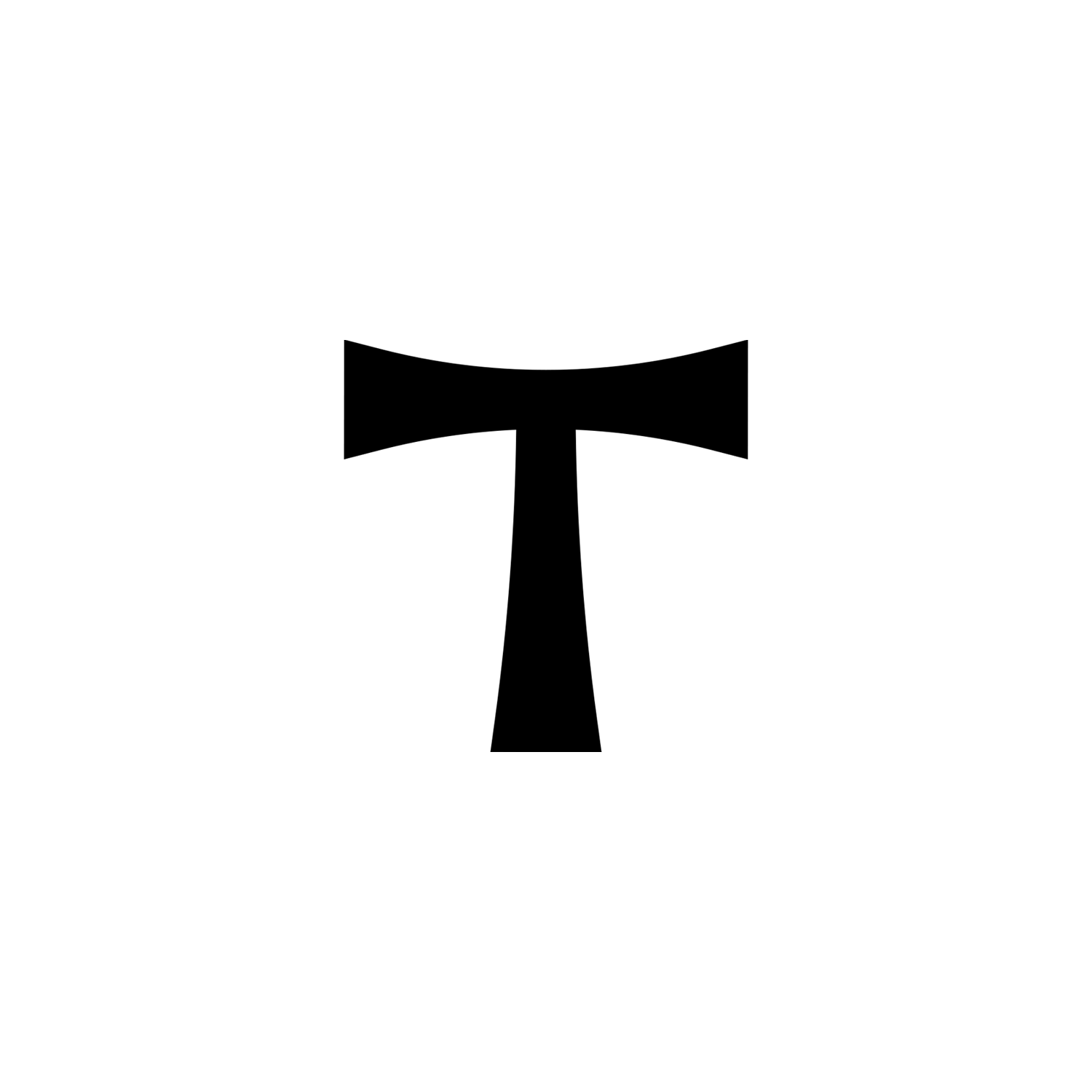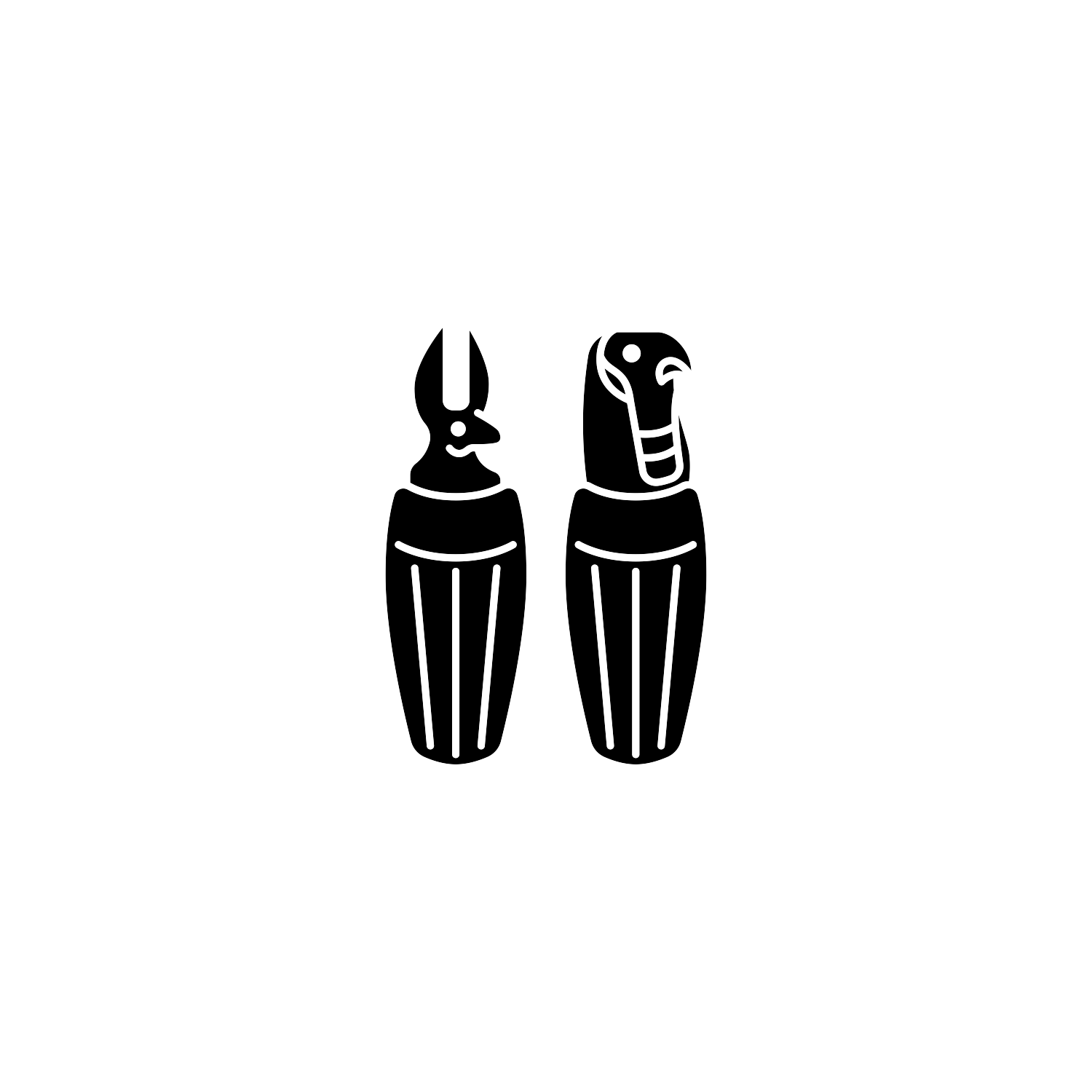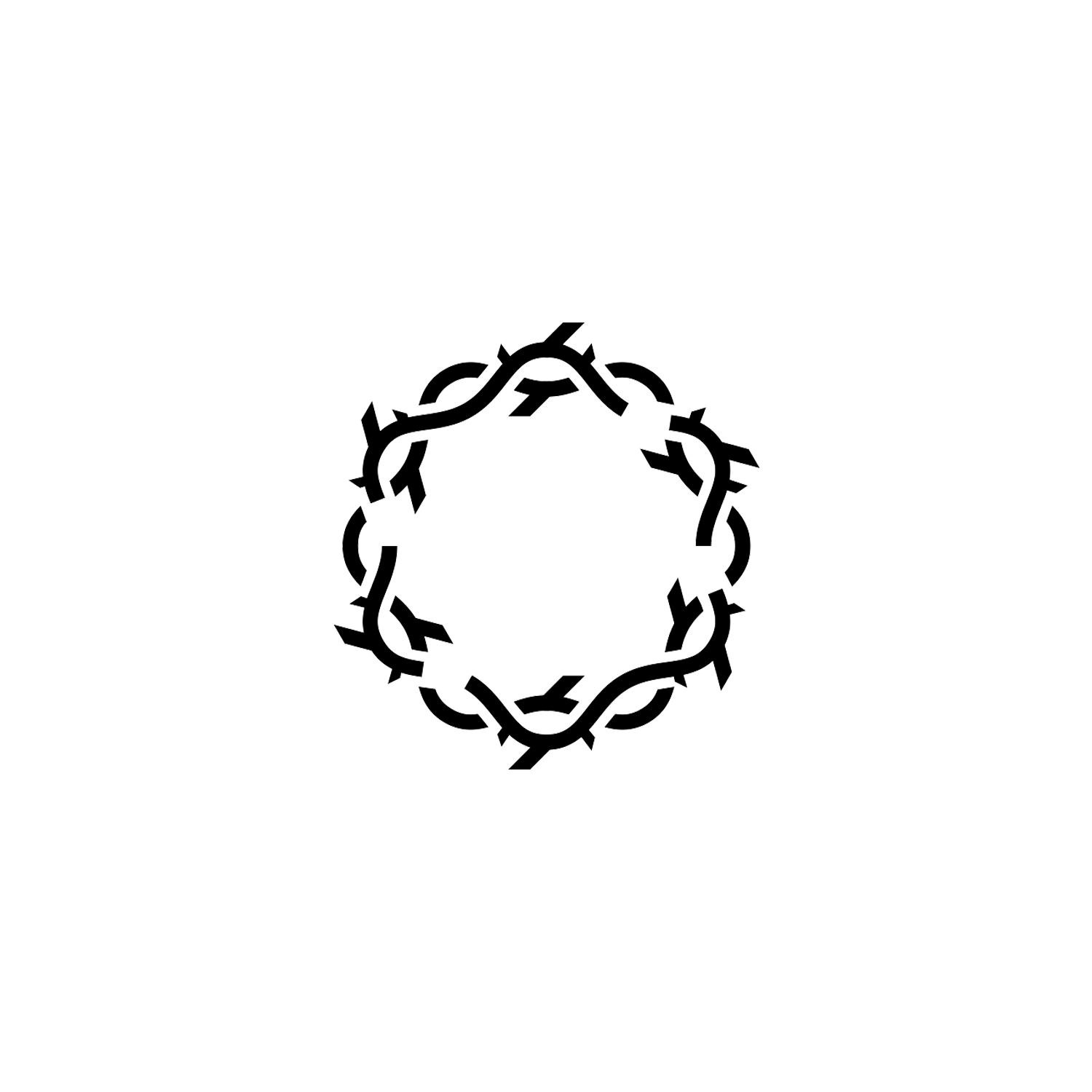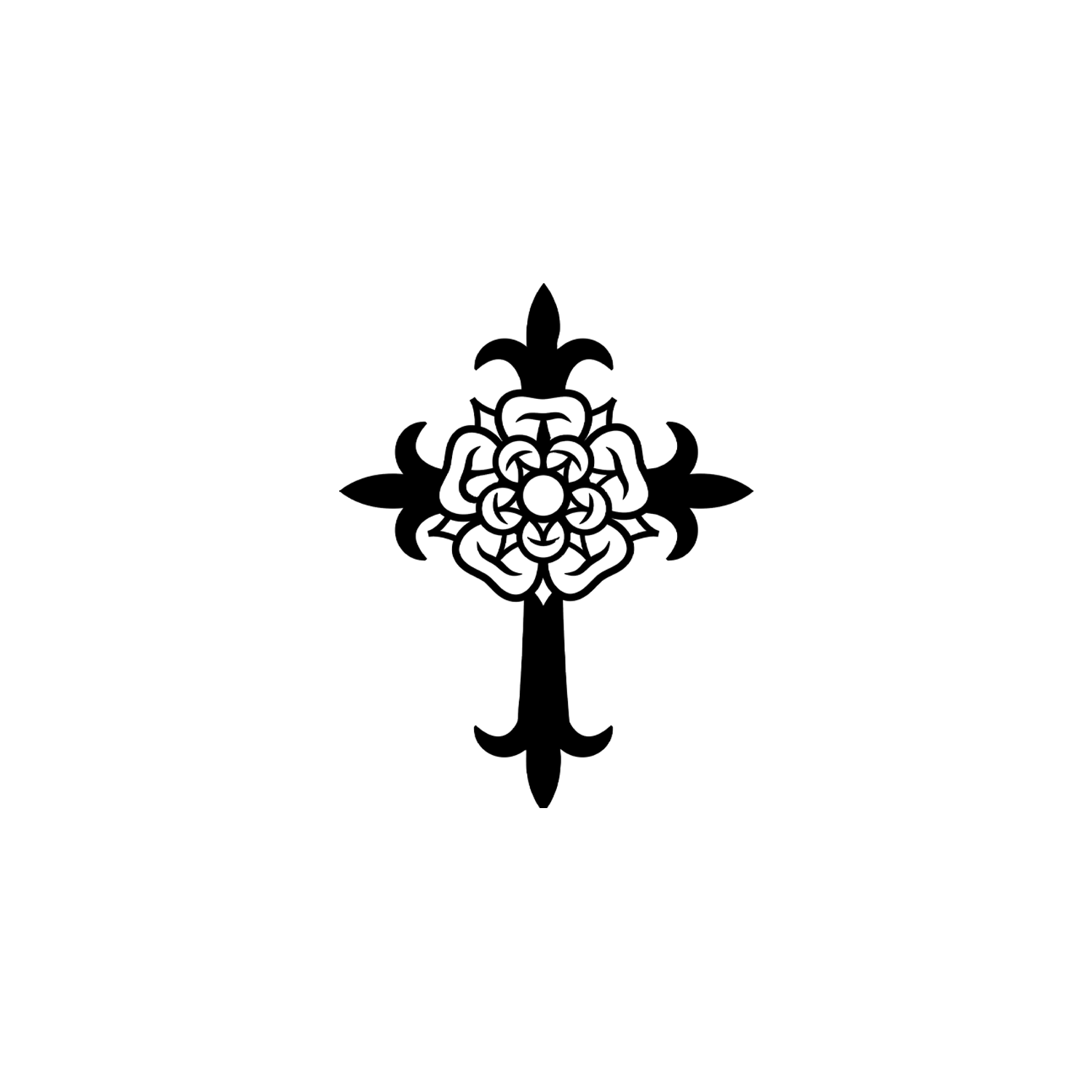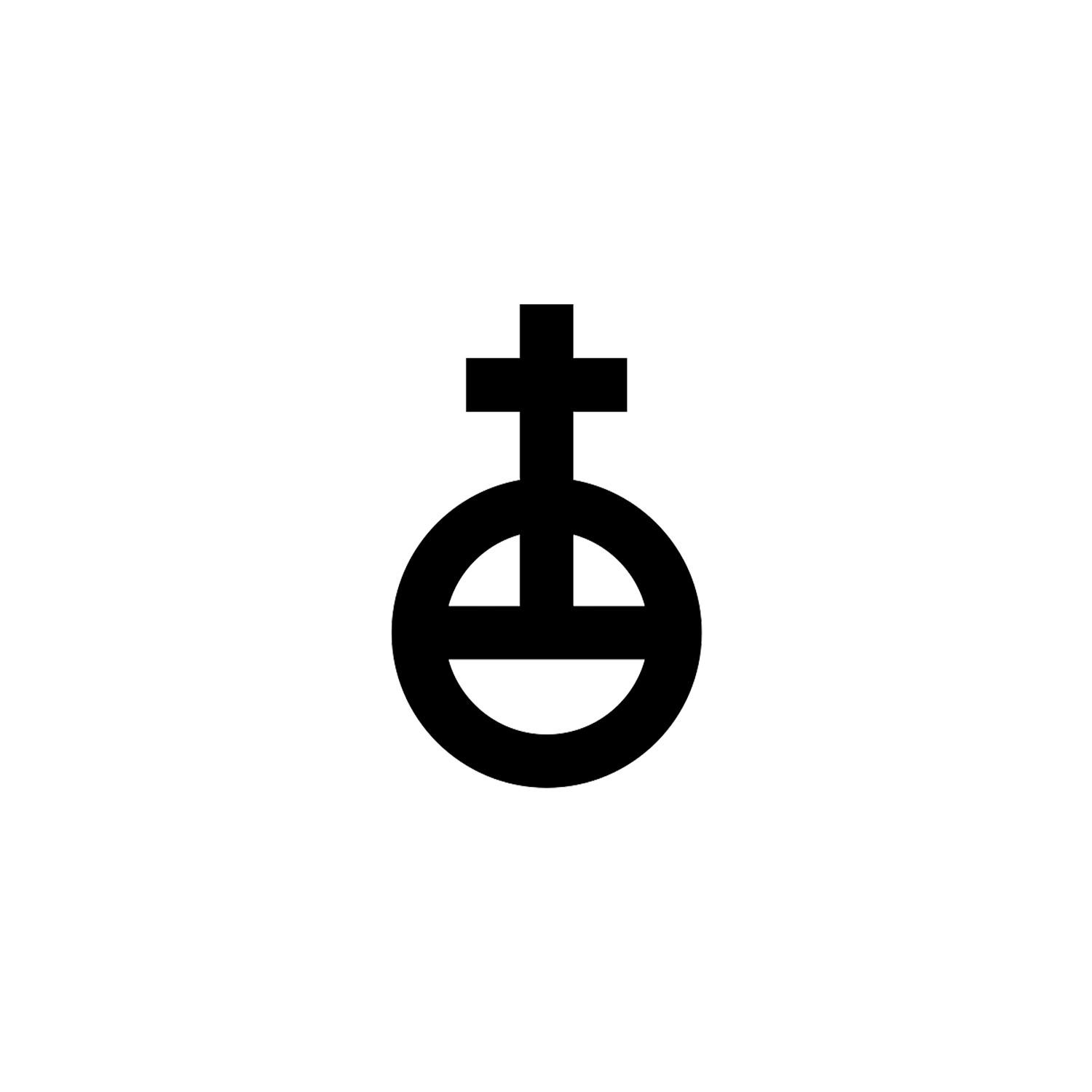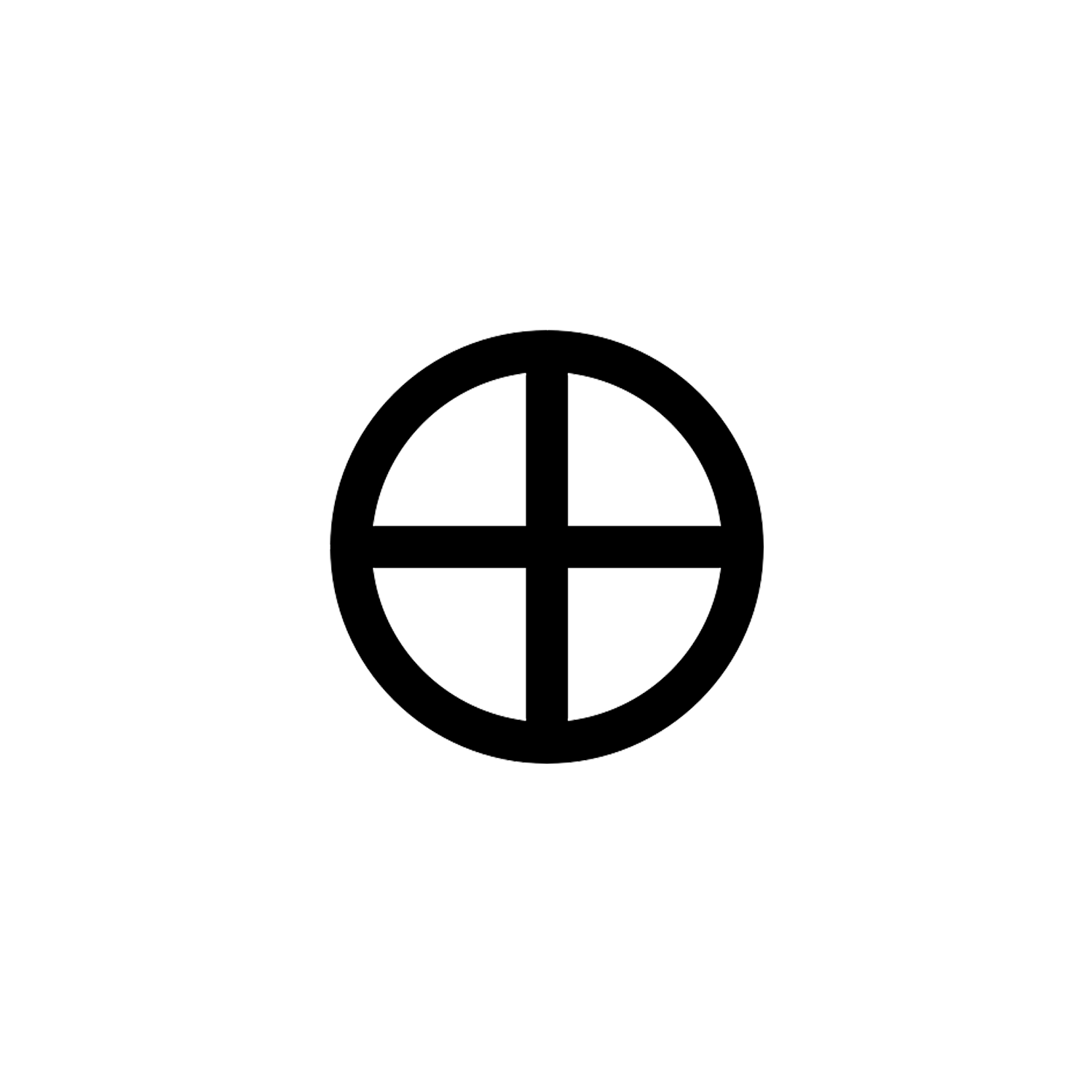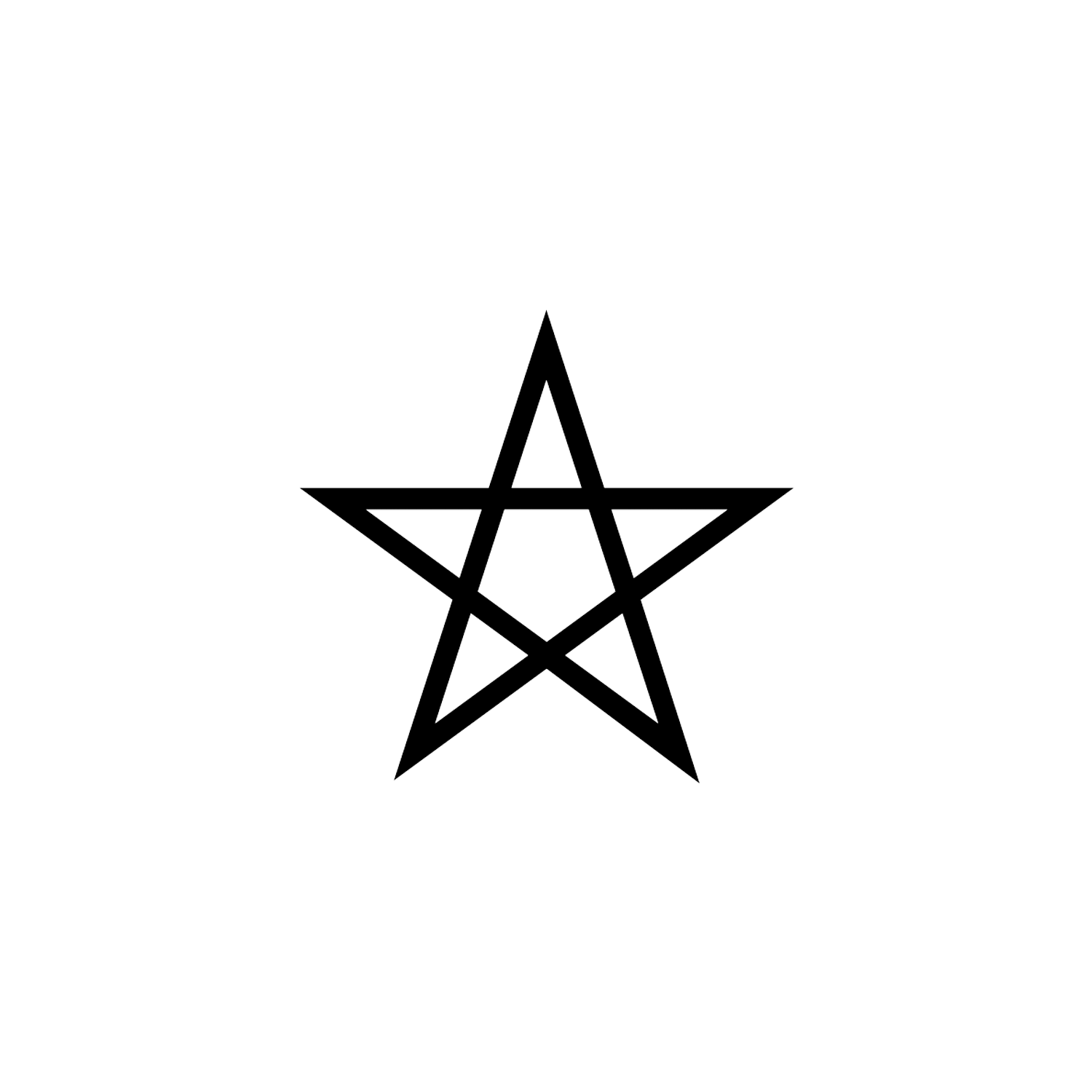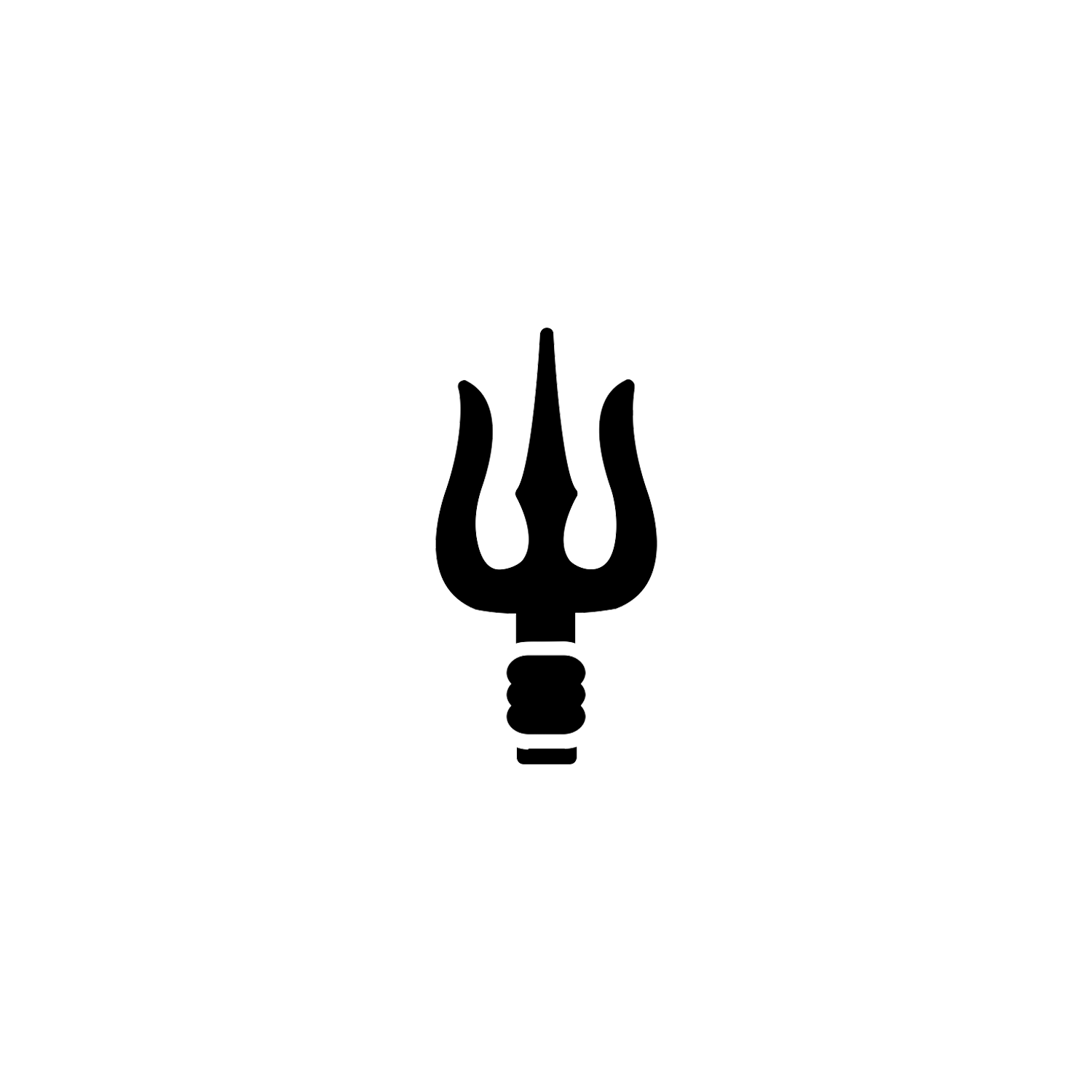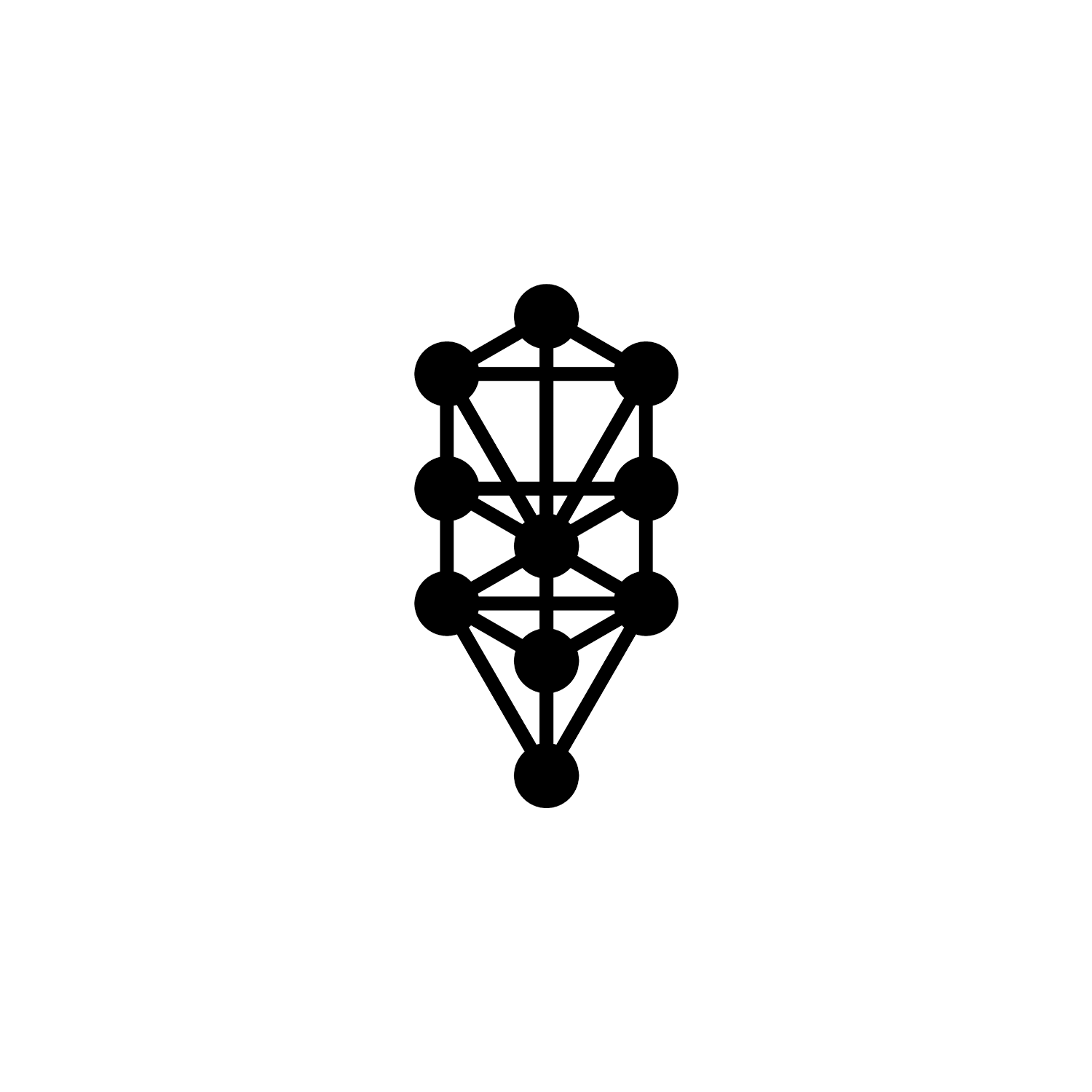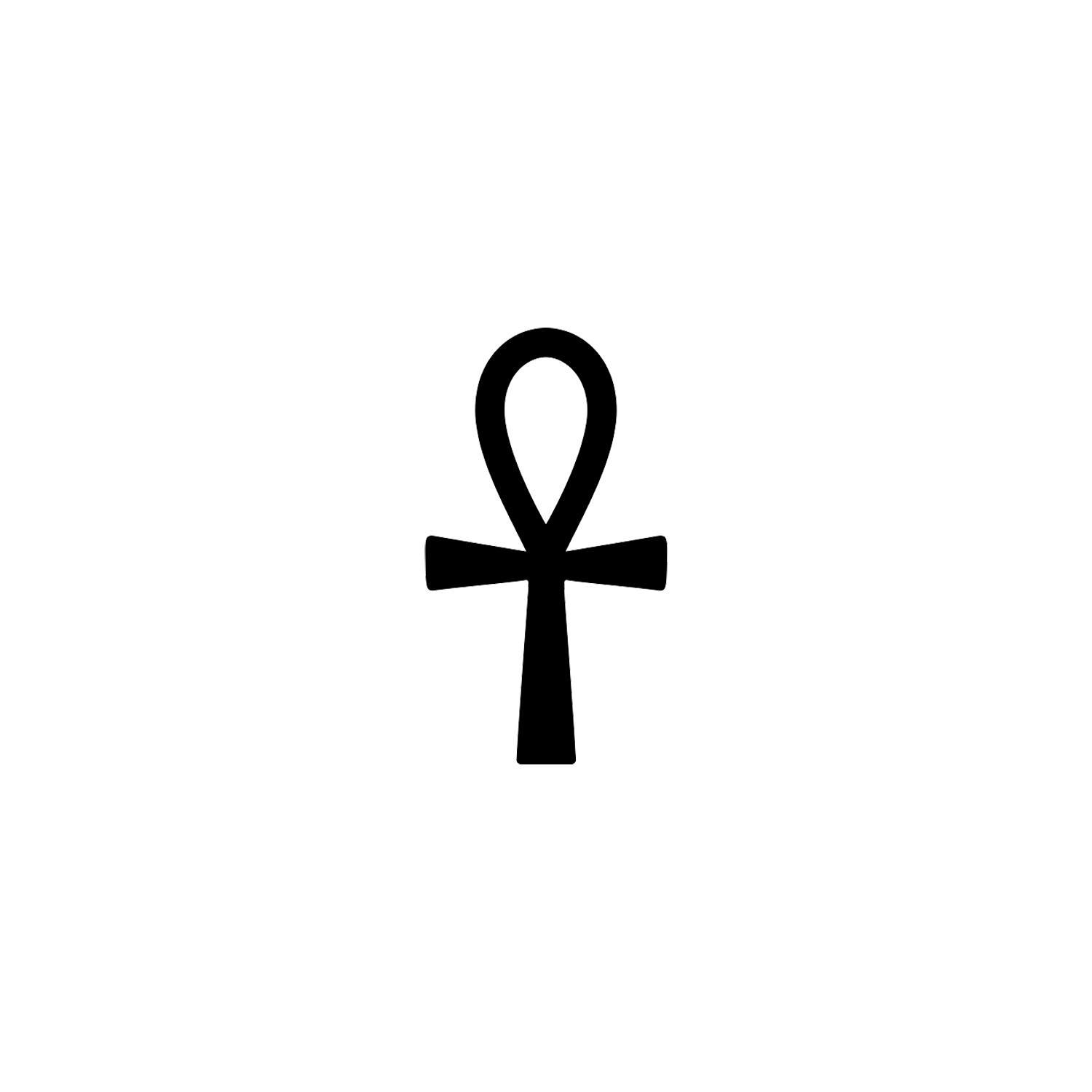Torii
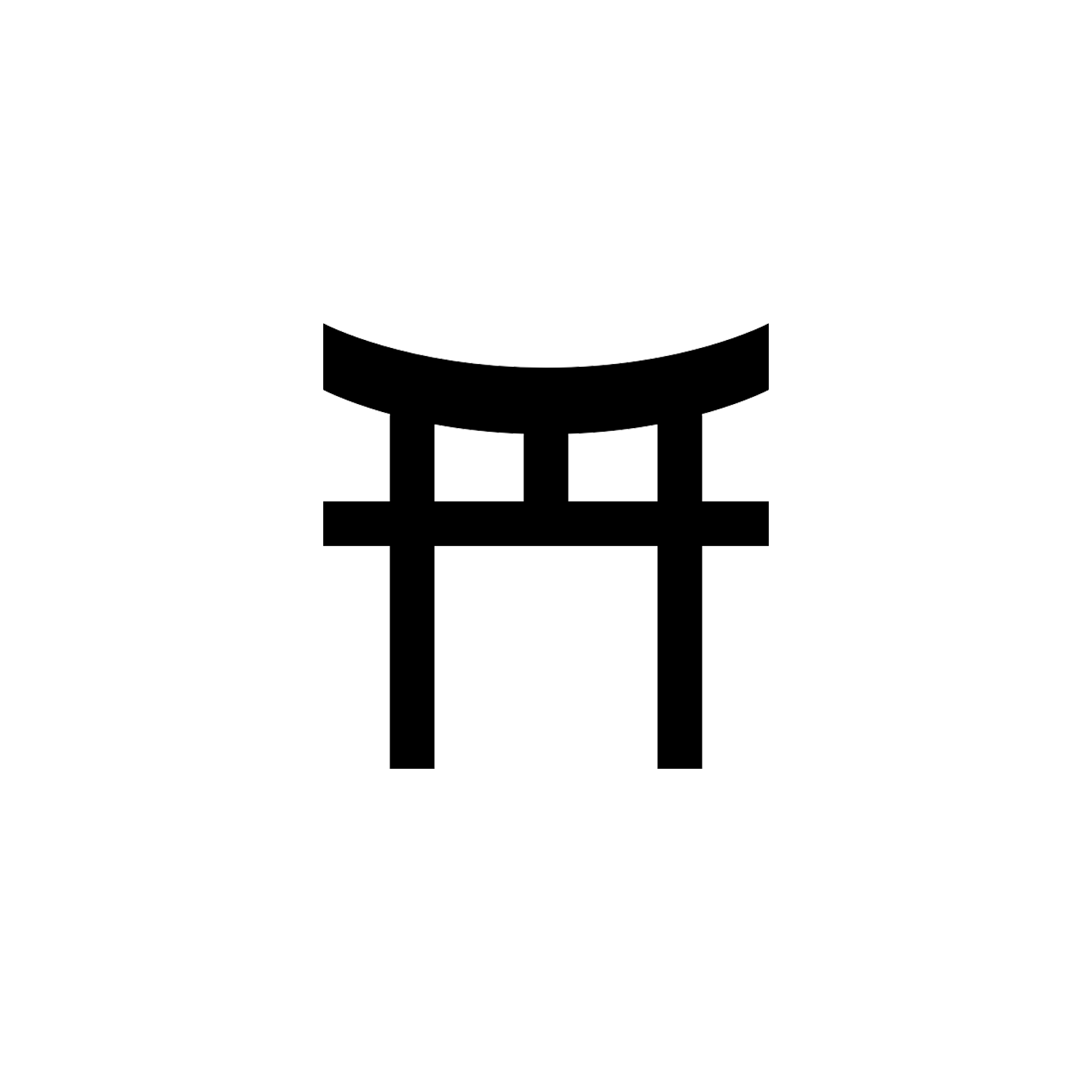

Torii
Also referred to as a roofless gate.
Overview
A torii is a traditional Japanese gate most commonly found at the entrance of or within a Shinto shrine, where it symbolically marks the transition from the profane to the sacred.
Origin and Meaning
A torii (Japanese: 鳥居, [to.ɾi.i]) is a traditional Japanese gate most commonly found at the entrance of or within a Shinto shrine, where it symbolically marks the transition from the mundane to the sacred[1] and a spot where kami are welcomed and thought to travel through.[2]
The presence of a torii at the entrance is usually the simplest way to identify Shinto shrines, and a small torii icon represents them on Japanese road maps.
The first appearance of torii gates in Japan can be reliably pinpointed to at least the mid-Heian period; they are mentioned in a text written in 922.[1] The oldest existing stone torii was built in the 12th century and belongs to a Hachiman shrine in Yamagata Prefecture. The oldest existing wooden torii is a ryōbu torii (see description below) at Kubō Hachiman Shrine in Yamanashi Prefecture built in 1535.[1]
Torii gates were traditionally made from wood or stone, but today they can be also made of reinforced concrete, stainless steel or other materials. They are usually either unpainted or painted vermilion with a black upper lintel. Shrines of Inari, the kami of fertility and industry, typically have many torii because those who have been successful in business often donate torii in gratitude. Fushimi Inari-taisha in Kyoto has thousands of such torii, each bearing the donor’s name.[3]

The function of a torii is to mark the entrance to a sacred space. For this reason, the road leading to a Shinto shrine (sandō) is almost always straddled by one or more torii, which are therefore the easiest way to distinguish a shrine from a Buddhist temple. If the sandō passes under multiple torii, the outer of them is called ichi no torii (一の鳥居, first torii).[4] The following ones, closer to the shrine, are usually called, in order, ni no torii (二の鳥居, second torii) and san no torii (三の鳥居, third torii).
Other torii can be found farther into the shrine to represent increasing levels of holiness as one nears the inner sanctuary (honden), core of the shrine.[4] Also, because of the strong relationship between Shinto shrines and the Japanese Imperial family, a torii stands also in front of the tomb of each Emperor.


In the past torii must have been used also at the entrance of Buddhist temples. Even today, as prominent a temple as Osaka’s Shitennō-ji, founded in 593 by Shōtoku Taishi and the oldest state-built Buddhist temple in the country (and world), has a torii straddling one of its entrances.[5] (The original wooden torii burned in 1294 and was then replaced by one in stone.) Many Buddhist temples include one or more Shinto shrines dedicated to their tutelary kami (“Chinjusha”), and in that case a torii marks the shrine’s entrance.
Benzaiten is a syncretic goddess derived from the Indian divinity Sarasvati, who unites elements of both Shinto and Buddhism. For this reason halls dedicated to her can be found at both temples and shrines, and in either case in front of the hall stands a torii. The goddess herself is sometimes portrayed with a torii on her head.[5] Finally, until the Meiji period (1868–1912) torii were routinely adorned with plaques carrying Buddhist sutras.[6]
Yamabushi, Japanese mountain ascetic hermits with a long tradition as mighty warriors endowed with supernatural powers, sometimes use as their symbol a torii.[5]
The torii is also sometimes used as a symbol of Japan in non-religious contexts. For example, it is the symbol of the Marine Corps Security Force Regiment and the 187th Infantry Regiment, 101st Airborne Division and of other US forces in Japan. It is also used as a fixture at the entrance of some Japantown communities, such as Liberdade in São Paulo.

The origins of the torii are unknown and there are several different theories on the subject, none of which has gained universal acceptance.[4] Because the use of symbolic gates is widespread in Asia—such structures can be found for example in India, China, Thailand, Korea, and within Nicobarese and Shompen villages—many historians believe they may be an imported tradition.
They may, for example, have originated in India from the torana gates in the monastery of Sanchi in central India.[1] According to this theory, the torana was adopted by Shingon Buddhism founder Kūkai, who used it to demarcate the sacred space used for the homa ceremony.[7] The hypothesis arose in the 19th and 20th centuries due to similarities in structure and name between the two gates. Linguistic and historical objections have now emerged, but no conclusion has yet been reached.[5]
In Bangkok, Thailand, a Brahmin structure called Sao Ching Cha strongly resembles a torii. Functionally, however, it is very different as it is used as a swing.[5] that was constructed in 1784 in front of the Devasathan shrine by King Rama I. During the reign of Rama II the swing ceremony was discontinued as the swing had become structurally damaged by lightning.
Other theories claim torii may be related to the pailou of China. These structures however can assume a great variety of forms, only some of which actually somewhat resemble a torii.[5] The same goes for Korea’s “hongsal-mun”.[8][9] Unlike its Chinese counterpart, the hongsal-mun does not vary greatly in design and is always painted red, with “arrowsticks” located on the top of the structure (hence the name).




Various tentative etymologies of the word torii exist. According to one of them, the name derives from the term tōri-iru (通り入る, pass through and enter).[4]
Another hypothesis takes the name literally: the gate would originally have been some kind of bird perch. This is based on the religious use of bird perches in Asia, such as the Korean sotdae (솟대), which are poles with one or more wooden birds resting on their top. Commonly found in groups at the entrance of villages together with totem poles called jangseung, they are talismans which ward off evil spirits and bring the villagers good luck. “Bird perches” similar in form and function to the sotdae exist also in other shamanistic cultures in China, Mongolia and Siberia. Although they do not look like torii and serve a different function, these “bird perches” show how birds in several Asian cultures are believed to have magic or spiritual properties, and may therefore help explain the enigmatic literal meaning of the torii’s name (“bird perch”).[5]
Poles believed to have supported wooden bird figures very similar to the sotdae have been found together with wooden birds, and are believed by some historians to have somehow evolved into today’s torii.[10] Intriguingly, in both Korea and Japan single poles represent deities (kami in the case of Japan) and hashira (柱, pole) is the counter for kami.[6]
In Japan birds have also long had a connection with the dead, this may mean it was born in connection with some prehistorical funerary rite. Ancient Japanese texts like the Kojiki and the Nihon Shoki for example mention how Yamato Takeru after his death became a white bird and in that form chose a place for his own burial.[5] For this reason, his mausoleum was then called shiratori misasagi (白鳥陵, white bird grave). Many later texts also show some relationship between dead souls and white birds, a link common also in other cultures, shamanic like the Japanese. Bird motifs from the Yayoi and Kofun periods associating birds with the dead have also been found in several archeological sites. This relationship between birds and death would also explain why, in spite of their name, no visible trace of birds remains in today’s torii: birds were symbols of death, which in Shinto brings defilement (kegare).[5]
Styles and Ornamentations
Torii may be unpainted or painted vermilion and black. The color black is limited to the kasagi and the nemaki (根巻, see illustration). Very rarely torii can be found also in other colors. Kamakura’s Kamakura-gū for example has a white and red one.
The kasagi may be reinforced underneath by a second horizontal lintel called shimaki or shimagi (島木).[11]
Kasagi and the shimaki may have an upward curve called sorimashi (反り増し).[12] The nuki is often held in place by wedges (kusabi (楔)). The kusabi in many cases are purely ornamental. At the center of the nuki there may be a supporting strut called gakuzuka (額束), sometimes covered by a tablet carrying the name of the shrine (see photo in the gallery).
The pillars often rest on a white stone ring called kamebara (亀腹, turtle belly) or daiishi (台石, base stone). The stone is sometimes replaced by a decorative black sleeve called nemaki (根巻, root sleeve). At the top of the pillars there may be a decorative ring called daiwa (台輪, architrave).[1] The gate has a purely symbolic function and therefore there usually are no doors or board fences, but exceptions exist, as for example in the case of Ōmiwa Shrine’s triple-arched torii (miwa torii, see below).[13]

Structurally, the simplest is the shime torii or chūren torii (注連鳥居) (see illustration below). Probably one of the oldest types of torii, it consists of two posts with a sacred rope called shimenawa tied between them.[14]
All other torii can be divided in two families, the shinmei family (神明系) and the myōjin family (明神系).[1] Torii of the first have only straight parts, the second have both straight and curved parts.[1]


Conclusion
The presence of a torii at the entrance is usually the simplest way to identify Shinto shrines, and a small torii icon represents them on Japanese road maps. They are however a common sight at Japanese Buddhist temples too, where they stand at the entrance of the temple’s own shrine, called chinjusha and are usually very small.
The function of a torii is to mark the entrance to a sacred space. For this reason, the road leading to a Shinto shrine (sandō) is almost always straddled by one or more torii, which are therefore the easiest way to distinguish a shrine from a Buddhist temple. If the sandō passes under multiple torii, the outer of them is called ichi no torii. The following ones, closer to the shrine, are usually called, in order, ni no torii and san no torii.
Other torii can be found further into the shrine to represent increasing levels of holiness as one nears the inner sanctuary (honden), core of the shrine. Also, because of the strong relationship between Shinto shrines and the Japanese Imperial family, a torii stands also in front of the tombs of each Emperor.
The torii is also sometimes used as a symbol of Japan in non-religious contexts. For example, it is the symbol of the Marine Corps Security Force Regiment and the 187th Infantry Regiment, 101st Airborne Division and of other US forces in Japan.
[1] "Torii". JAANUS. 2001.
[2] Pearson, Patricia O'Connell; Holdren, John (May 2021). World History: Our Human Story. Versailles, Kentucky: Sheridan Kentucky. p. 294. ISBN 978-1-60153-123-0.
[3] "Historical Items about Japan". Michelle Jarboe. 11 May 2007. Archived from the original on 6 January 2010.
[4] "Torii". Encyclopedia of Shinto. Kokugakuin University. 2 June 2005. Archived from the original on 22 July 2011.
[5] Scheid, Bernhard. "Torii". Religion in Japan (in German). University of Vienna.
[6] Bocking, Brian (1997). A Popular Dictionary of Shinto. Routledge. ISBN 978-0-7007-1051-5.
[7] James Edward Ketelaar.Of Heretics and Martyrs in Meiji Japan. Princeton: Princeton University Press, 1990. p.59.
[8] Guisso, Richard W. I.; Yu, Chai-Shin (1 January 1988). Shamanism: The Spirit World of Korea. Jain Publishing Company. p. 56. ISBN 9780895818867.
[9] Bocking, Brian (30 September 2005). A Popular Dictionary of Shinto. Routledge. p. 319. ISBN 9781135797386.
[10] "Onrain Shoten BK1: Kyoboku to torizao Yūgaku Sōsho" (in Japanese).
[11] Iwanami Kōjien (広辞苑) Japanese dictionary, 6th Edition (2008), DVD version
[12] "Torii no iroiro" (in Japanese).
[13] "JAANUS". Toriimon.
[14] Picken, Stuart (22 November 1994). Essentials of Shinto: An Analytical Guide to Principal Teachings (Resources in Asian Philosophy and Religion). Greenwood. pp. 148–160. ISBN 978-0-313-26431-3.
Latest Symbols
Monthly Digest
A summary of symbols for the month in a quick read format straight to your inbox.

